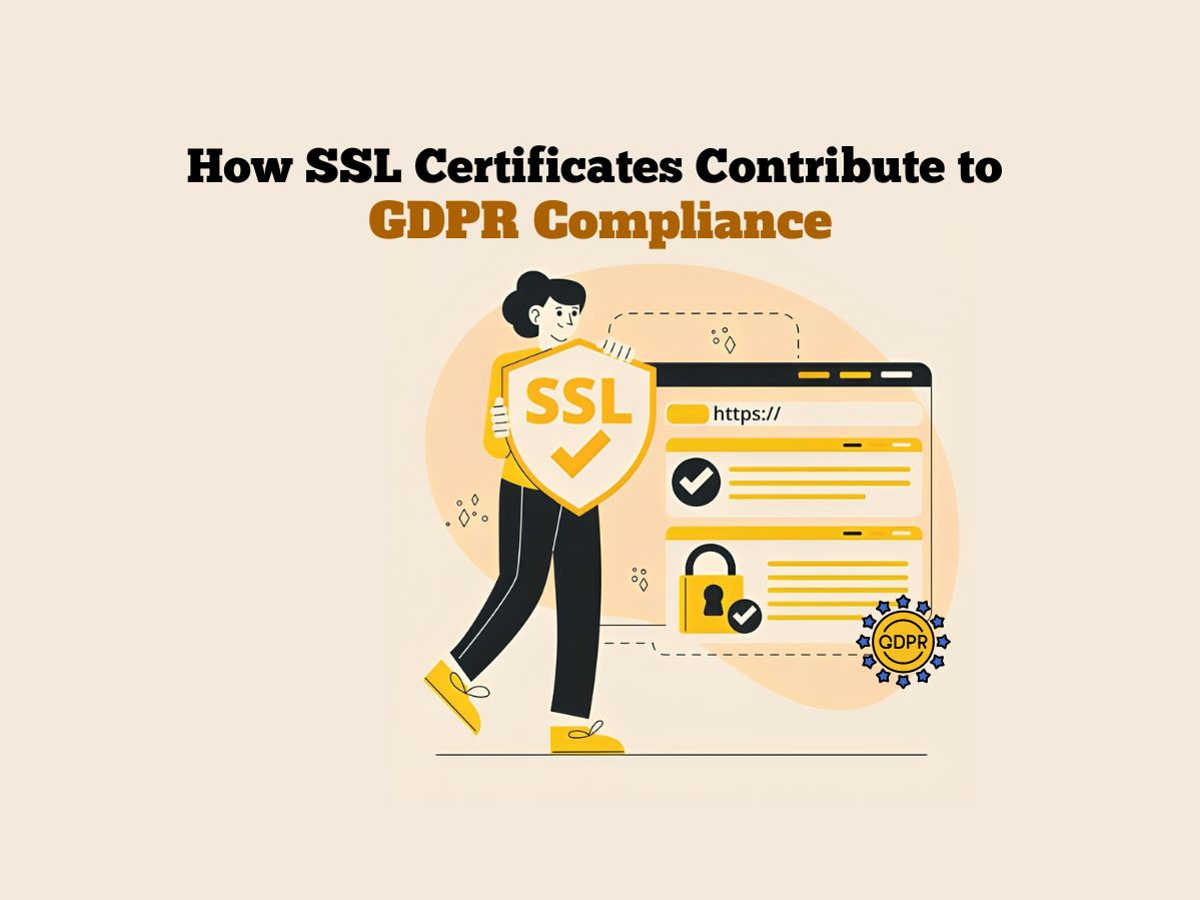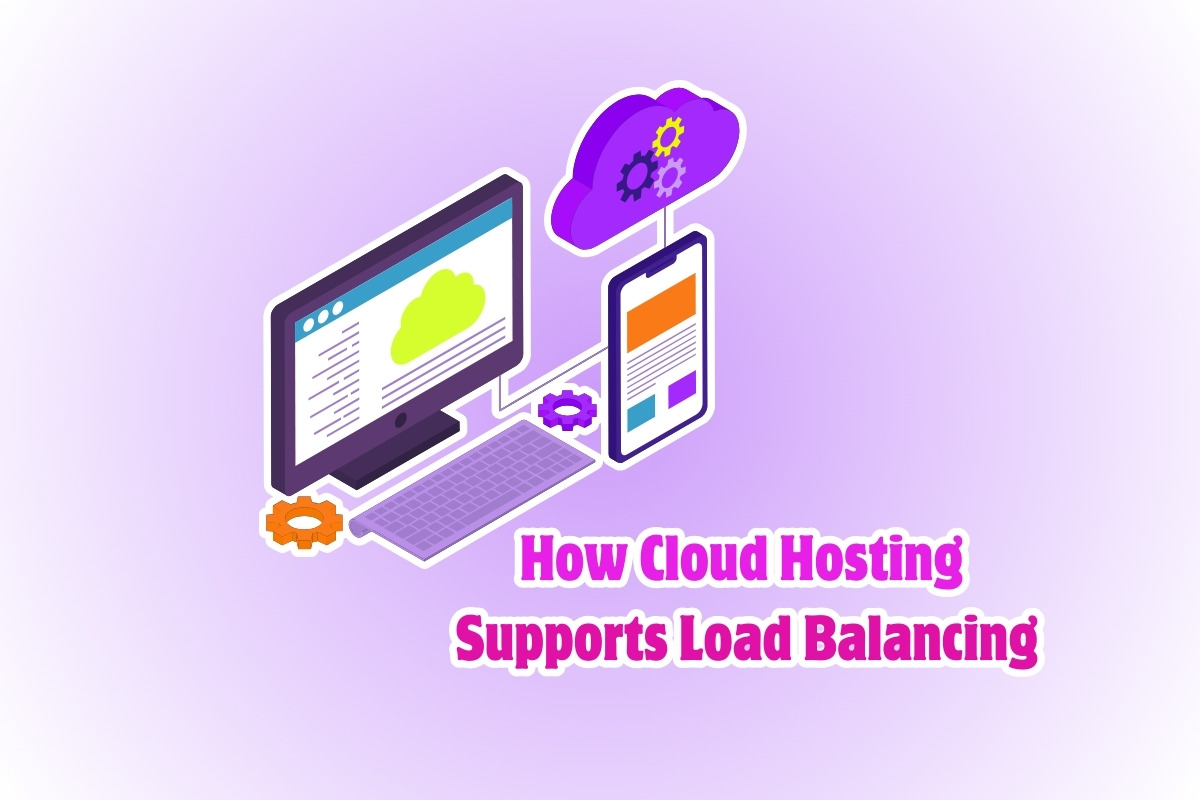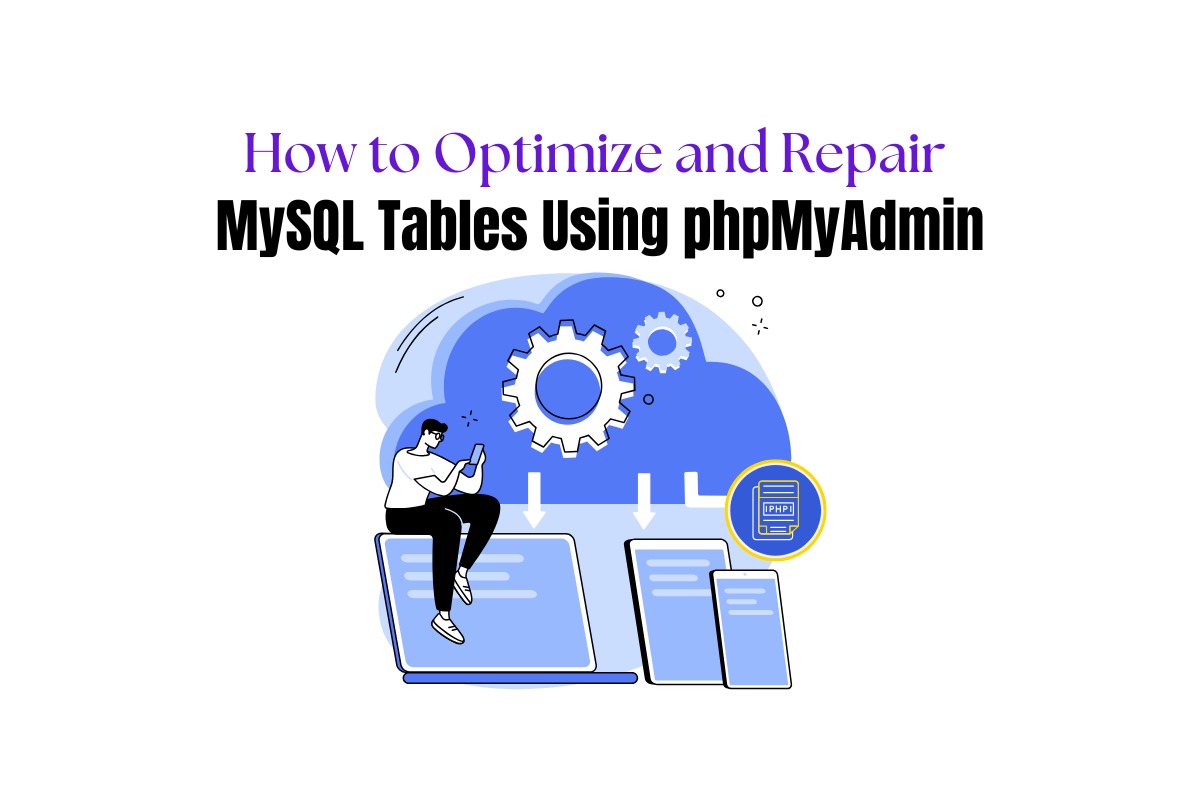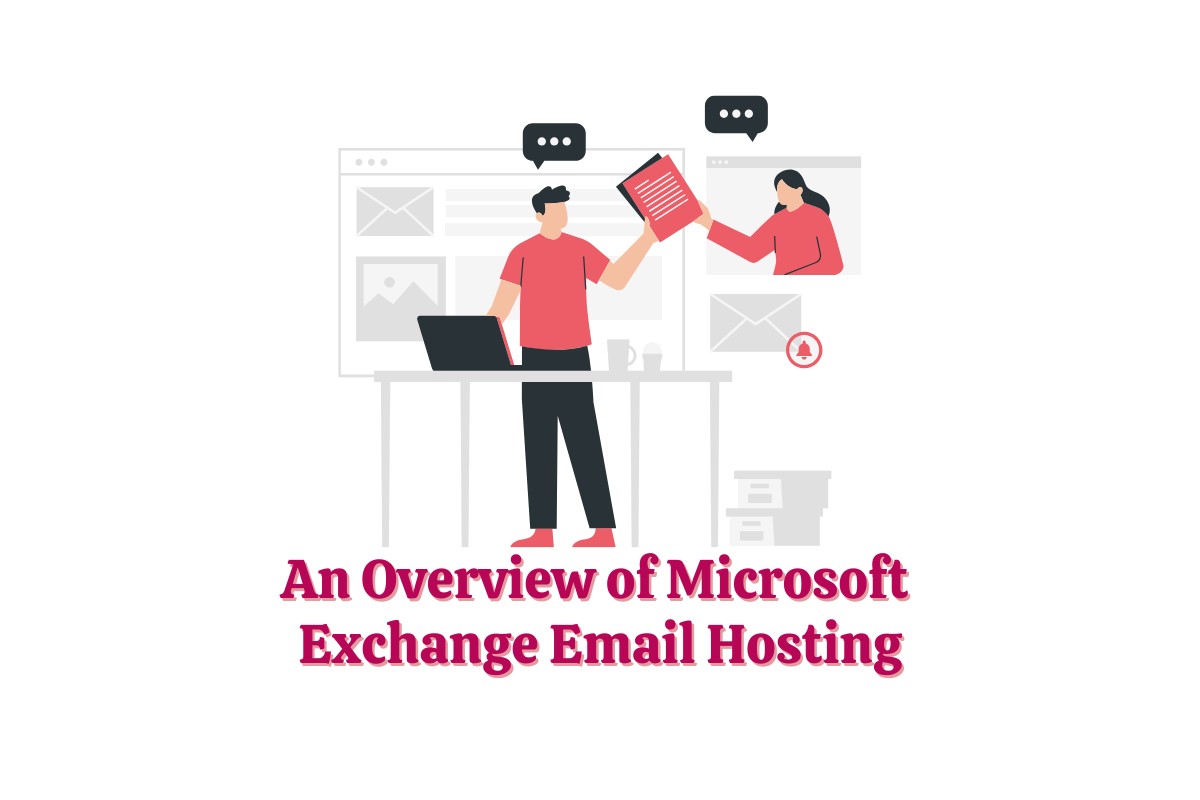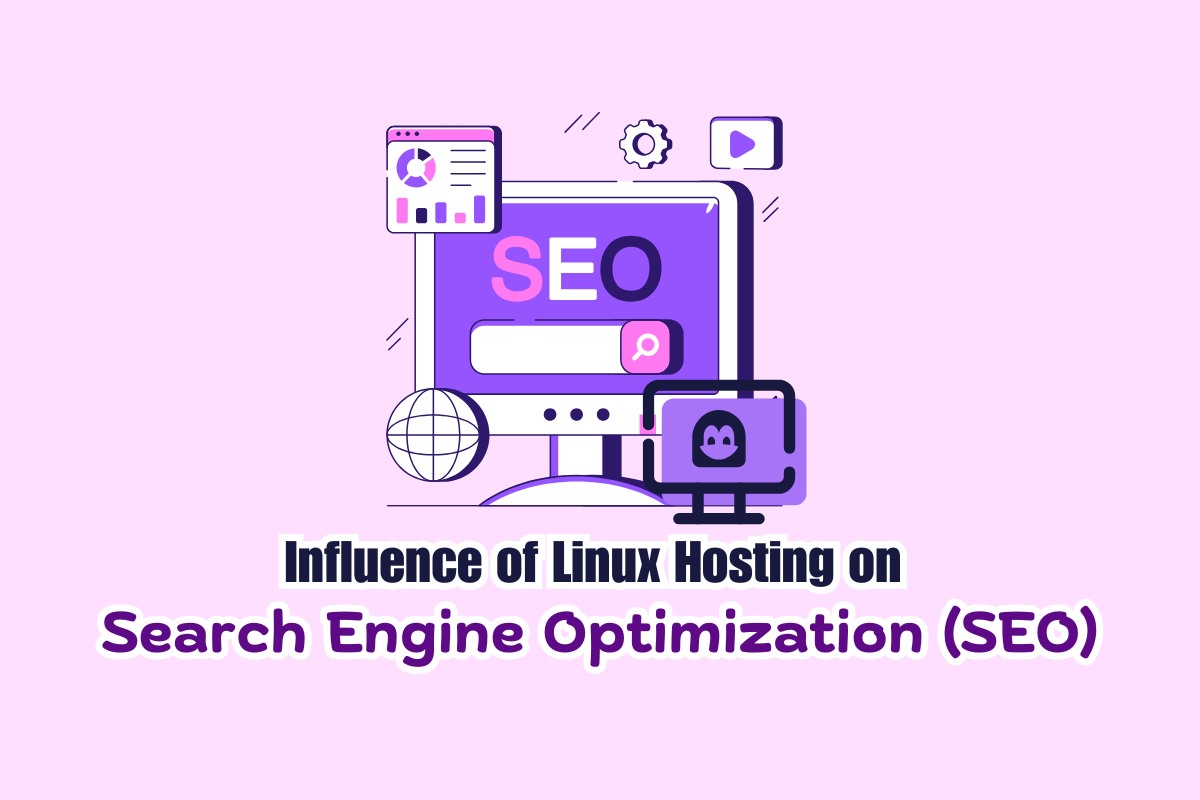
Transferability Concerns: Switching From Free Web Hosting to a Paid Plan
Starting your first website can be an exciting but challenging process. One common decision made by website owners is to begin with a free web hosting service. Though this might seem like a cost-effective choice at first, as your website grows, you might find yourself needing more resources and features. Transitioning from free web hosting to a paid plan can be as complicated as setting up your website. In this blog, we will discuss the transferability concerns you should consider when switching from free web hosting to a paid plan.
Why Switch From Free Web Hosting to Paid Plan?
Several reasons may prompt you to switch from free web hosting to a paid plan:
1. Resource Limitations: Free web hosting services often impose limitations on storage, bandwidth, and other resources. As your website grows, these limitations can negatively impact its performance, leading to a poor user experience.
2. Intrusive Advertising: To generate revenue, free web hosting providers may place ads on your website without any control on your part. This can detract from the professional appearance of your website and may not align with your branding.
3. Limited Features and Flexibility: Free web hosting services may only offer basic features and a limited number of supported technologies and applications. As your website expands, you may require additional features and the ability to customize your hosting environment.
Transferability Concerns to Consider
Moving from free web hosting to a paid plan comes with its own set of challenges. Here are some key transferability concerns to consider during this process:
1. Data Migration
When transitioning to a paid plan, one of the primary concerns is moving your website data, including databases, files, applications, and email accounts. You need to ensure that your new hosting provider supports the required technologies and makes the migration process seamless. Some web hosts offer free migration services, whereas others might charge a fee.
2. Downtime
Switching servers can lead to potential downtime during the migration process, which can be harmful to your online presence and result in lost revenue. Arrange the migration during a period of low traffic, and work with your new hosting provider to estimate how long the process might take, to minimize the possibility of downtime.
3. DNS Changes
To redirect your traffic to the new server, you will need to update your domain’s DNS (Domain Name System) records. This process typically takes 24-48 hours to propagate globally. While you wait for DNS changes to propagate, your website might experience intermittent connectivity issues.
4. Unforeseen Costs
Be wary of additional expenses that may arise when moving to a paid plan. These might include fees for data migration, extra resources, or purchasing SSL certificates. Account for these costs when deciding on a hosting provider and ensure their services align with your budget.
5. Compatibility Issues
Before migrating to a new hosting provider, ensure that the platform you have built your website on is compatible with their hosting environment. For example, if your website is built using WordPress, make sure your selected paid plan includes support for PHP, MySQL, and other technologies that WordPress relies on.
Final Thoughts
Switching from free web hosting to a paid plan is a critical decision that requires careful consideration to ensure a smooth transition. By acknowledging these transferability concerns, you can minimize potential disruptions and downtime to your website. Take the time to research and choose a reliable web hosting provider that offers comprehensive features, adequate resources, and customization options to support your website’s growth and development.


